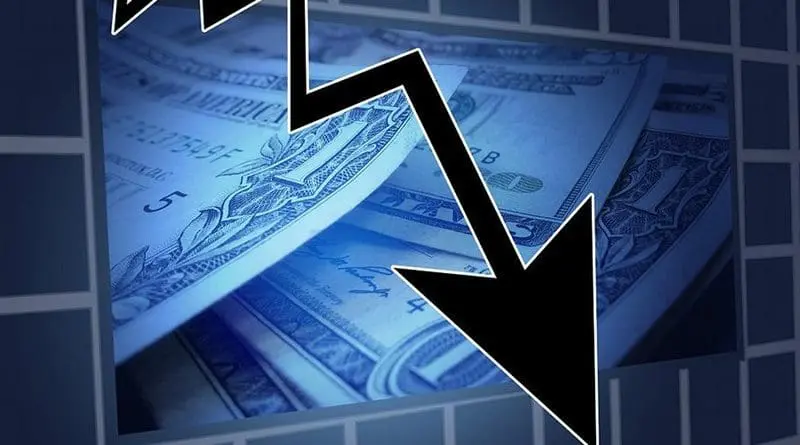Interest Rates And The First Rule Of Holes – OpEd
The Peter G. Peterson Foundation is a think tank focusing on fiscal challenges to America’s future. To that end, the Foundation invites experts from across the political spectrum to contribute their insights about the challenges the U.S. faces from its fiscal policies. Specifically, they’ve asked them to answer two questions:
1. What is the impact of inflation and rising interest rates on our nation’s fiscal outlook?
2. How should fiscal policy be used in this period of high inflation?
Brian Riedl contributed a very timely essay on the topic of how rising interest rates threaten Washington’s solvency. In the following excerpt, he describes the fundamental problems that are leading to a new fiscal crisis for Americans:
“For the past few years, short-sighted lawmakers, economists, and columnists have demanded that Congress take advantage of low interest rates by engaging in a massive borrowing spree. Indeed, President Biden’s enormous spending agenda was often justified by the low interest rates on government borrowing.
“But this case never made sense for two reasons. First, Washington was already projected to add $100 trillion in baseline deficits over the next three decades due primarily to Social Security and Medicare shortfalls. Even with low rates, interest costs were projected by the Congressional Budget Office (CBO) to become the most expensive item in the federal budget and consume half of all tax revenues within a few decades. Additional borrowing would deepen the hole.
“Second, Washington never locked in the recent low interest rates. In fact, the average maturity on the federal debt has fallen to 62 months. If interest rates rise at any point in the future, nearly the entire escalating national debt would roll over into those rates within a decade. Consequently, continued massive federal borrowing means gambling America’s economic future on the hope that interest rates never rise again in the future. And there is no backup plan if rates do rise.“
Today’s Rising Interest Rates
It’s no accident that today’s inflation began accelerating with President Biden’s excessive spending through the American Rescue Plan Act. Fed by President Biden’s bad fiscal policies, inflation raced out of control and the Federal Reserve’s monetary policies quickly fell behind the curve of rising prices. Now they’re racing to hike interest rates to slow the U.S. economy because of the need to reduce inflation.
That’s the short summary of why the Federal Reserve is now engaged in a series of interest rate hikes and is sending signals they’re going to hike them a lot higher than they have so far. The cost of borrowing is rising rapidly as the Federal Reserve counters the inflationary effects of President Biden’s ongoing spending spree.
It might not be so bad, except the Federal Reserve isn’t getting help from the Biden administration or the U.S. Congress. Instead, it’s just the opposite.
There’s an old saying about the first rule of holes: “When you’re in one stop digging.” Riedl does offer a basic policy prescription for righting the situation:
The current inflation surge that shocked economists and markets should remind policymakers that markets are indeed unpredictable. The president and Congress cannot easily control future inflation or interest rates, but they can influence the size of the federal debt that will be subject to those rates. With the possibility of standard interest rate fluctuations pushing budget deficits to nearly $3 trillion within a decade, lawmakers should craft a responsible fiscal policy based on gradual, sustainable, deficit reduction, and with an eye on maintaining low inflation.
The easiest, least painful way to do that is to set the growth of government spending to be slower than the historic growth of the government’s tax collections. It’s not a difficult concept. Except perhaps for the politicians who never learned the first rule of holes when it comes to their excessive spending.
This article was published at The Beacon

